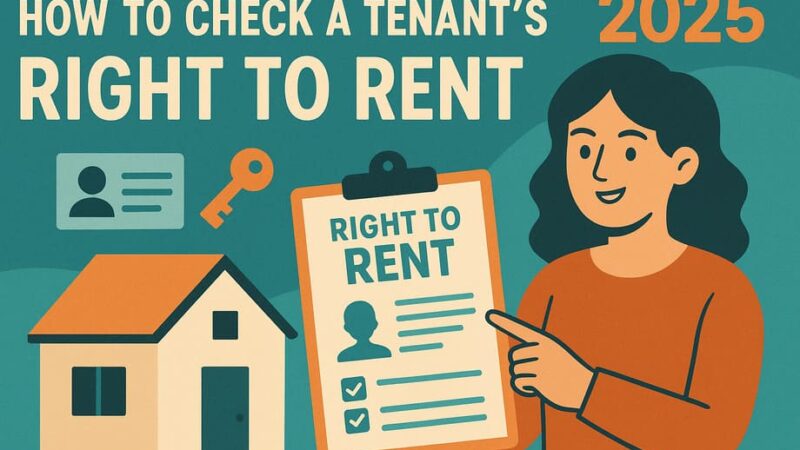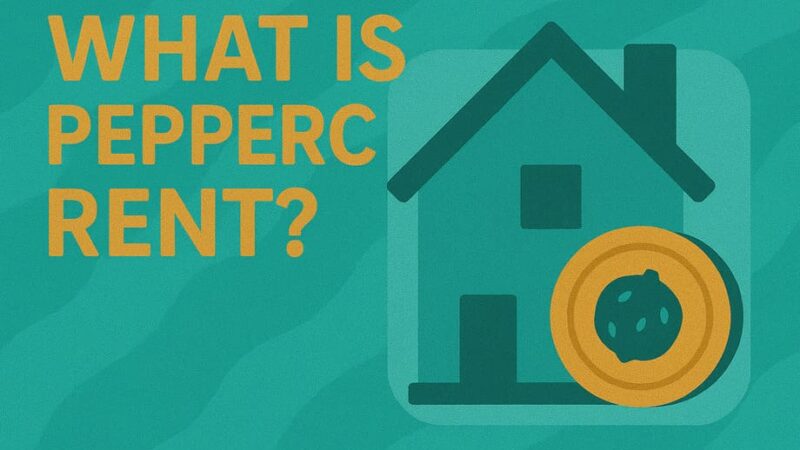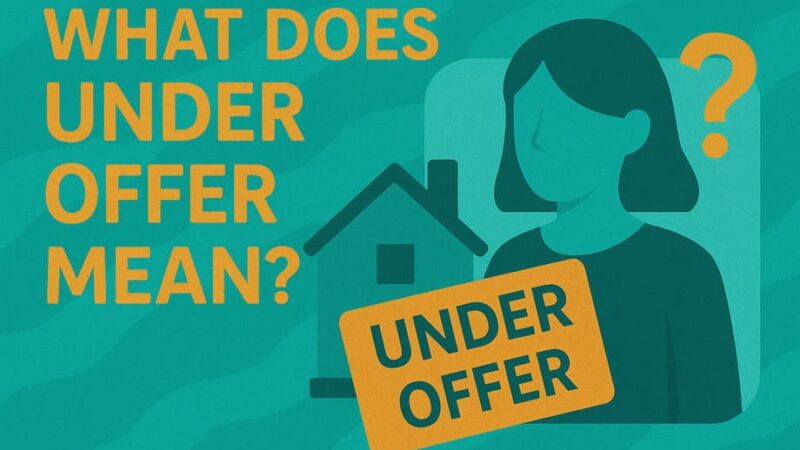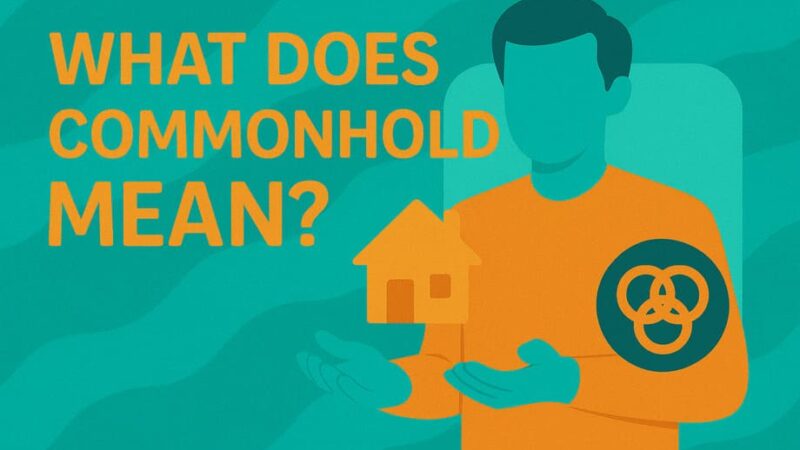Who Is Responsible for EICR on Commercial Property?
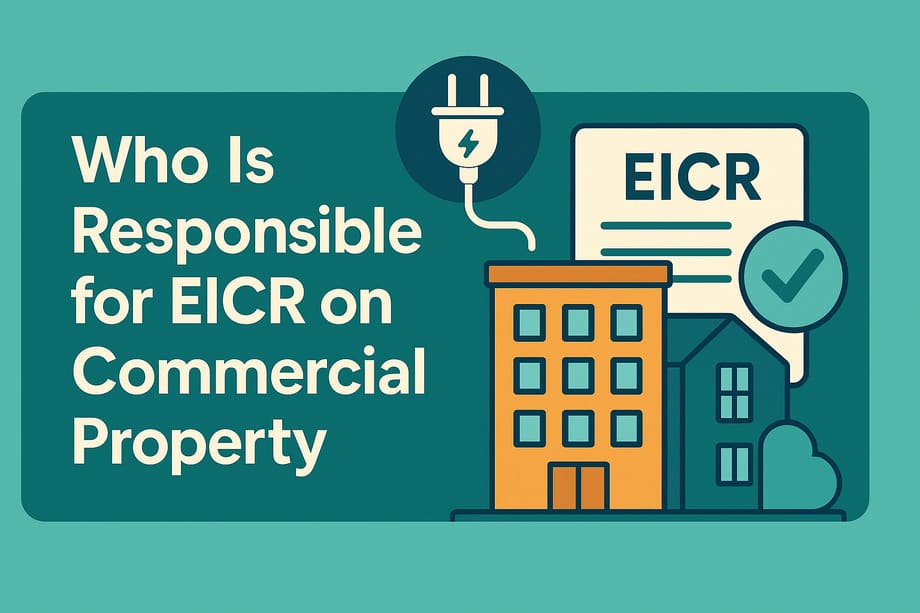
When it comes to commercial property EICR testing, one of the most common questions is: who is actually responsible for arranging and paying for it? The answer isn’t always straightforward, as responsibility can vary depending on whether you’re a landlord, tenant, or business owner.
Getting EICR responsibilities wrong can result in fines of up to £30,000, rejected insurance claims, and serious safety risks. Whether you own commercial property, rent it out, or lease it as a tenant, understanding your legal obligations is crucial for compliance and safety.
This guide explains exactly who is responsible for EICR testing in different commercial property situations and what you need to do to stay compliant with UK law.
What is an EICR?
An Electrical Installation Condition Report (EICR), also known as fixed wire testing, is an assessment that checks the safety of electrical installations in a property.
The EICR process involves:
- Visual inspection of electrical systems for damage or wear
- Electrical testing using specialized equipment
- Checking insulation resistance and earth fault loops
- Testing the continuity of protective conductors
- Producing a detailed report on the condition of electrical installations
The purpose is to identify any electrical hazards, faults, or deterioration that could cause fires, electric shocks, or other accidents. Without regular EICR testing, electrical problems can go unnoticed until they cause serious incidents.
Is EICR Required by Law for Commercial Property?
The Simple Answer
There is no specific law that says “you must have an EICR.” However, several UK laws create legal obligations that make EICR testing essential for demonstrating compliance.
The Legal Framework
Health and Safety at Work Act 1974 Requires employers to ensure the health and safety of employees, including electrical safety in the workplace.
Electricity at Work Regulations 1989 States that electrical systems must be maintained in a safe condition. While it doesn’t mention EICR specifically, this regulation creates the legal obligation that EICR testing fulfills.
Management of Health and Safety at Work Regulations 1999 Requires employers to assess risks and implement appropriate safety measures.
Why EICR Became the Standard
Although not legally mandated by name, EICR testing has become the accepted way to demonstrate electrical safety compliance because:
- It provides systematic electrical safety checks
- It creates documented proof of safety efforts
- Courts and regulators expect it as industry standard practice
- Insurance companies often require it
- It helps protect against legal liability
Who Is Responsible for EICR on Commercial Property?
Commercial Landlords
Primary Responsibility Commercial property owners and landlords are primarily responsible for EICR testing under the Electricity at Work Regulations 1989.
Landlord Responsibilities:
- Arrange EICR testing before letting to tenants
- Ensure the property is electrically safe at the start of the tenancy
- Use qualified engineers for all testing
- Fix any defects identified in the EICR report
- Keep records of all inspections and remedial work
Before Letting: As a landlord, you must have a valid EICR before tenants move in. This is not the tenant’s responsibility – it’s yours to ensure the property is safe from day one.
Business Owners and Employers
Legal Duty of Care Business owners have responsibilities under the Health and Safety at Work Act 1974 to protect employees’ safety, including electrical safety.
Business Owner Responsibilities:
- Ensure workplace electrical installations are safe
- Arrange regular EICR testing
- Address electrical hazards promptly
- Provide a safe working environment
- Maintain compliance with safety regulations
Tenants
When Responsibility Transfers Once tenants occupy commercial premises, responsibility for ongoing EICR testing may transfer to them, depending on the lease agreement.
Typical Tenant Responsibilities:
- Ongoing electrical maintenance during the tenancy
- Arranging EICR testing as specified in the lease
- Ensuring any electrical modifications are safe and compliant
- Reporting electrical problems to the landlord
- Allowing access for inspections and repairs
Important: The transfer of EICR responsibility must be clearly stated in the lease agreement. Without specific clauses, responsibility usually stays with the landlord.
How Often Should Commercial EICR Be Done?
Standard Intervals
Most Commercial Properties: Every 5 Years This includes:
- Offices and shops
- Restaurants and cafes
- Small warehouses
- Standard commercial buildings
Industrial Properties: Every 3-5 Years Higher-risk environments may need more frequent testing:
- Manufacturing facilities
- Heavy industrial sites
- Chemical processing plants
High-Risk Properties: Annually Some properties need yearly testing:
- Properties with swimming pools or spas
- Environments with high moisture or dust
- Buildings with very old electrical systems
Factors That Affect Frequency
Environmental Conditions:
- Moisture, dust, or corrosive environments
- Extreme temperatures
- Vibration or shock exposure
Usage Patterns:
- Heavy electrical usage or 24/7 operations
- Multiple users or high wear and tear
- Frequent equipment changes
Property Factors:
- Age and condition of electrical installations
- Previous EICR findings
- Changes in property use
Who Can Do EICR Testing?
Qualified Engineers Only
EICR testing must be carried out by qualified electricians who are:
- Registered with recognized bodies (NICEIC, NAPIT, etc.)
- Experienced with commercial electrical systems
- Properly insured and certified
- Up-to-date with current regulations
Engineer Responsibilities
During Testing:
- Follow correct testing procedures
- Identify potential electrical dangers
- Test all electrical installations thoroughly
- Provide detailed reports on findings
After Testing:
- Recommend necessary remedial work
- Issue appropriate certificates
- Explain findings to property owners
- Advise on future testing schedules
What Happens During EICR Testing?
Visual Inspection
The engineer will check:
- Electrical panels and distribution boards
- Wiring condition and routing
- Switches, sockets, and connections
- Signs of damage, overheating, or poor workmanship
- General condition of electrical installations
Electrical Testing
Using specialized equipment to test:
- Insulation resistance
- Earth fault loop impedance
- Continuity of protective conductors
- RCD (safety device) operation
- Polarity and electrical connections
EICR Report
The engineer produces a report with classifications:
- C1 (Danger Present): Immediate action required – unsafe to use
- C2 (Potentially Dangerous): Urgent remedial work needed
- C3 (Improvement Recommended): Not immediately dangerous but improvements advised
- FI (Further Investigation): Additional checks required
Overall Result:
- Satisfactory: Safe to use (no C1 or C2 issues)
- Unsatisfactory: Unsafe until defects are fixed
What Are the Consequences of Not Having an EICR?
Legal Penalties
Health and Safety Executive Action:
- Improvement notices requiring compliance
- Prohibition notices stopping business operations
- Prosecution under safety legislation
- Fines up to £30,000 per offense
- Potential imprisonment for serious breaches
Local Authority Action:
- Revocation of business licenses
- Planning permission issues
- Building control problems
Financial Consequences
Insurance Problems:
- Claims rejected for electrical incidents
- Higher insurance premiums
- Difficulty getting commercial insurance
- Personal liability for damages
Business Impact:
- Forced closure during emergency repairs
- Loss of income from business interruption
- Reputation damage
- Difficulty attracting tenants
Safety Risks
Danger to People:
- Increased fire risk
- Electric shock hazards
- Potential for serious injury or death
- Legal liability for harm to others
Lease Agreements and EICR Responsibility
What Should Be in the Lease?
Clear Responsibility Clauses:
- Who arranges and pays for EICR testing
- Maintenance responsibilities for electrical systems
- Procedures for reporting electrical problems
- Requirements for qualified contractors
Access Rights:
- Landlord’s right to inspect electrical systems
- Tenant’s obligation to provide access
- Notice requirements for electrical work
- Emergency access provisions
Compliance Requirements:
- Reference to electrical safety regulations
- Documentation and record-keeping requirements
- Consequences of non-compliance
- Dispute resolution procedures
Common Arrangements
Landlord Retains Responsibility:
- Landlord arranges and pays for all EICR testing
- Tenant reports problems but landlord fixes them
- Common in shorter leases or smaller properties
Responsibility Transfers to Tenant:
- Tenant responsible for ongoing EICR testing
- Landlord ensures property is safe at start of lease
- Common in longer leases or larger properties
How Much Does Commercial EICR Cost?
Typical Costs
Small Properties:
- Basic office or shop: £200-400
- Small workshop: £300-600
Medium Properties:
- Office building: £600-1,200
- Retail unit or restaurant: £400-800
Large Properties:
- Industrial facility: £1,000-3,000+
- Large office complex: £1,500-3,000+
Additional Costs:
- Remedial work for failed items
- Emergency repairs for dangerous defects
- Re-testing after remedial work
- Travel costs for remote locations
Cost vs Risk
The cost of EICR testing is minimal compared to:
- Potential £30,000 fines for non-compliance
- Insurance claim rejections
- Business closure costs
- Legal compensation claims
- Property damage from electrical faults
What If Your EICR Fails?
Immediate Action Required
C1 Defects (Danger Present):
- Disconnect dangerous circuits immediately
- Prevent access to hazardous areas
- Arrange emergency repairs
- Do not use until fixed and retested
C2 Defects (Potentially Dangerous):
- Plan urgent remedial work
- Monitor the situation closely
- Consider temporary safety measures
- Fix as soon as practically possible
Getting Repairs Done
Use Qualified Electricians:
- Ensure repairs meet current standards
- Obtain certificates for completed work
- Keep detailed records
- Arrange re-testing to confirm safety
Update Records:
- Record all remedial work completed
- Keep certificates and documentation
- Plan follow-up inspections if needed
- Notify relevant parties of completion
Industry-Specific Considerations
High-Risk Environments
Manufacturing and Industrial:
- More frequent testing required (every 3 years)
- Harsh conditions affect electrical systems
- Specialized equipment needs expert assessment
- Higher regulatory scrutiny
Healthcare Facilities:
- Patient safety is paramount
- Medical equipment compatibility
- Potential for life-critical systems
- Strict regulatory requirements
Licensed Premises
Pubs, Restaurants, Hotels:
- Local authority licensing requirements
- Fire safety considerations
- Public access areas need special attention
- Regular compliance inspections
Retail and Shops:
- Customer safety obligations
- Till and payment system considerations
- Display lighting and equipment
- Fire safety requirements
Best Practices for EICR Compliance
Planning and Preparation
Schedule in Advance:
- Don’t wait until testing is overdue
- Plan around business operations
- Book qualified engineers early
- Allow time for any remedial work
Keep Good Records:
- Maintain current certificates
- Keep previous inspection reports
- Document all remedial work
- Track testing schedules
Choosing the Right Contractor
Look for:
- Proper qualifications and registrations
- Commercial property experience
- Good insurance coverage
- Clear pricing and timeframes
- Positive references from similar businesses
Avoid:
- Unregistered or unqualified electricians
- Companies offering suspiciously cheap prices
- Those who can’t provide proper certification
- Contractors without commercial experience
Frequently Asked Questions
Do I need EICR for an empty commercial property?
While there’s no immediate occupancy risk, maintaining valid EICR certificates for empty properties is good practice for insurance and to demonstrate ongoing safety compliance.
Can tenants refuse access for EICR testing?
No, tenants must provide reasonable access for EICR testing if it’s required by law or the lease agreement. Refusing access could breach their lease obligations.
What happens if my tenant won’t pay for EICR testing?
If the lease clearly states the tenant is responsible but they refuse to pay, this could be a breach of lease. You may need legal advice on enforcement options.
How long does EICR testing take?
This depends on property size and complexity. A small office might take 2-4 hours, while large commercial properties could require several days.
Can I continue trading during EICR testing?
Usually yes, but there may be brief power interruptions during testing. Discuss timing with your electrician to minimize business disruption.
Do I need a new EICR when selling commercial property?
While not legally required, having a current EICR can make your property more attractive to buyers and may be expected as part of due diligence.
Conclusion
Understanding who is responsible for EICR on commercial property is essential for legal compliance and safety. The key points to remember are:
For Landlords:
- You’re primarily responsible for ensuring electrical safety
- EICR testing must be done before letting to tenants
- You must fix any defects found during testing
- Keep detailed records of all inspections and work
For Business Owners:
- You have duties to ensure workplace electrical safety
- This includes arranging regular EICR testing
- You must provide a safe environment for employees
- Compliance helps protect against legal liability
For Tenants:
- Responsibility may transfer to you depending on your lease
- Check your lease agreement carefully
- You must report electrical problems promptly
- Allow access for inspections and repairs
Remember:
- EICR testing isn’t specifically required by law, but electrical safety obligations make it essential
- Testing is typically required every 5 years for most commercial properties
- Consequences of non-compliance can include fines up to £30,000
- The cost of testing is small compared to the risks of not doing it
Whether you’re a landlord, business owner, or tenant, don’t take chances with electrical safety. If you’re unsure about your EICR responsibilities, consult with qualified electrical contractors and seek legal advice about your specific situation.
Getting EICR responsibilities right protects people, property, and your business from serious consequences. When in doubt, it’s always better to err on the side of safety and compliance.
Last Updated on August 26, 2025 by James Cartwright



